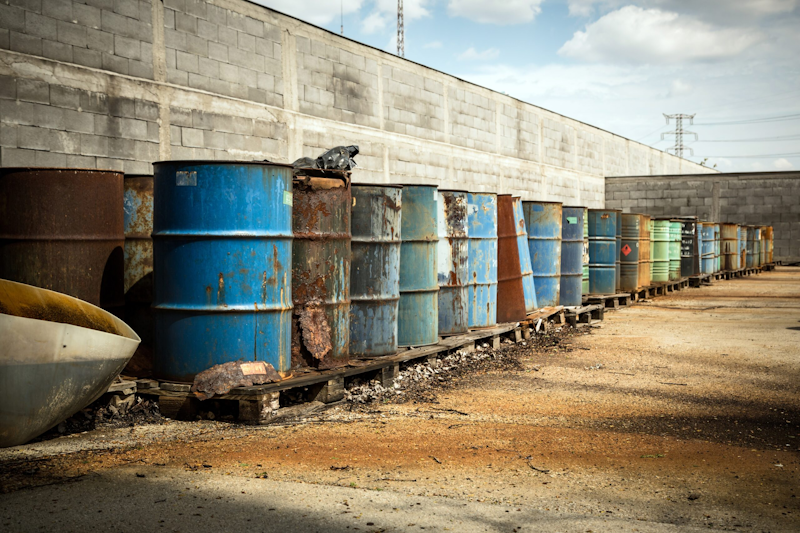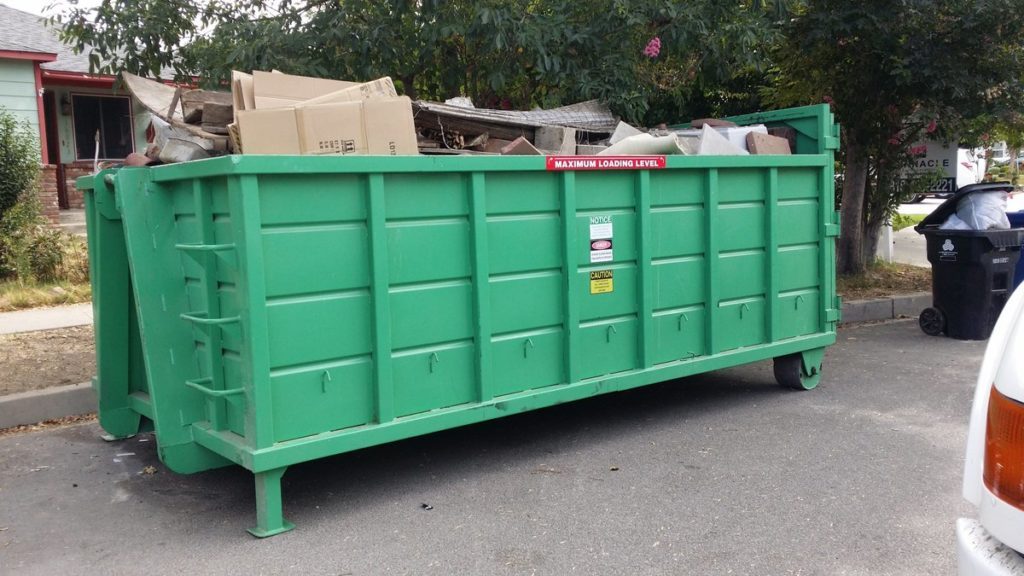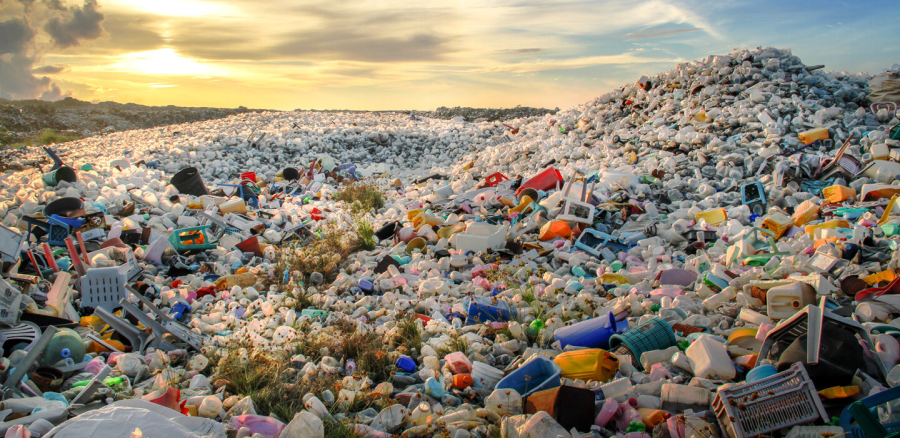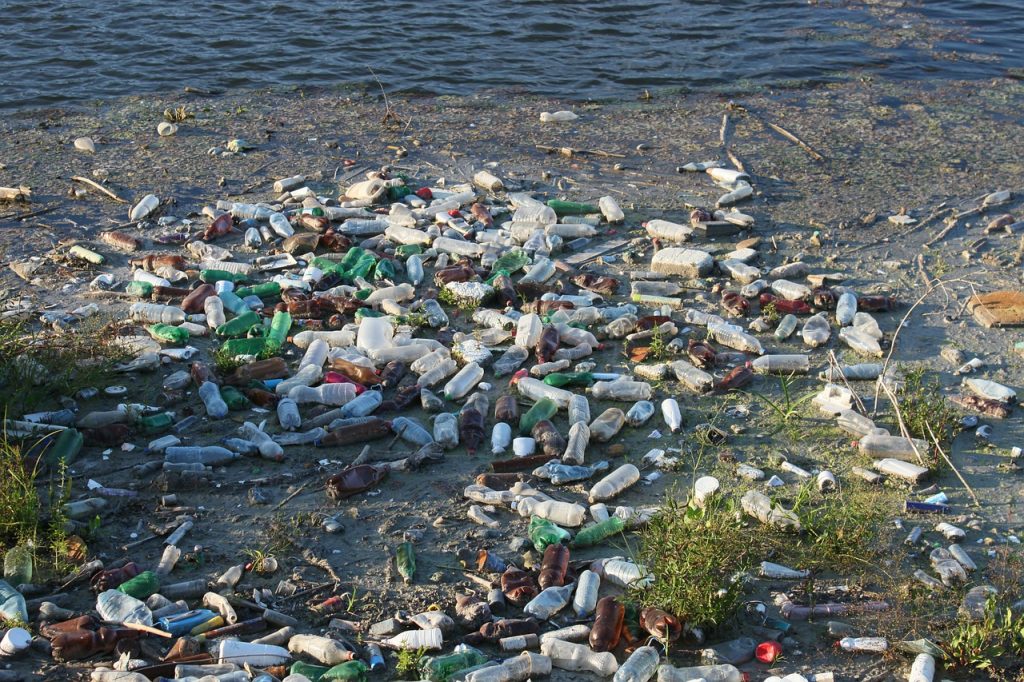Beneath the Dust: Mastering the Art of Cellar Clearance
How to empty a cellar
During a move or inheritance for work, you may need to empty your cellar, your apartment or your professional premises. To help you better manage this essential step before starting a move or a construction site, discover all our tips for simply and quickly emptying a cellar, an apartment or a professional premises. Following the death of a loved one, do you want to find a solution for emptying items from a cellar? By renting a dumpster, you can quickly empty an apartment or business premises, so you benefit from a fast and efficient professional quality service.
How South Carolina promotes recycling processes
South Carolina champions recycling through a blend of community engagement, education, and infrastructure development. The state of SC invests in public awareness programs to encourage all residents and businesses alike to participate actively in its recycling programs, including in the case of cellar clearance.
The state’s efforts are made to expand recycling and recovery facilities and collection networks, ensuring convenient access for all communities. South Carolina also incentivizes recycling initiatives through grants and tax breaks for loal businesses, including waste management businesses adopting sustainable practices.
Partnerships with local county governments, private enterprises, and non-profit organizations drive this innovation in recycling technologies and methods. By developing a culture of environmental responsibility and providing the necessary resources, South Carolina paves the way for a greener, more sustainable and enjoyable future.
Call a waste management professional
A true expert in the evacuation of large volumes, a company specializing in skip rental offers you a quality service to empty your cellar. With a wide choice of skips available, all you have to do is select the one that best suits your budget and needs. For safety reasons, a driver will transport the skip with a heavy goods vehicle to the location of your choice and will be responsible for repatriating all your waste to the recycling center.
Make donations to associations
Once you have cleared most of your construction site, do you want to bring your objects back to life? Many humanitarian associations offer to come and collect items that you no longer need and that are still in good condition. In addition to getting rid of unnecessary objects, you are doing something towards the planet and participating in recycling.
Take advantage of the bulky day
Your town hall regularly organizes the collection of your bulky items. On this day, you can place items that you no longer use on certain parts of the sidewalk. To find out more, you can contact your town hall and ask for the dates of the next pickups. Typically, they are performed every two to three months. Otherwise, you have the option of renting a skip and making trips to the recycling center.
Organize a flea market or garage sale
To empty your house, your apartment, a cellar or a professional premises, a garage sale allows you to declutter your old furniture and clarify your interior. You can also opt for a consignment store where you can entrust your old furniture or donate it to charity.
Some additional tips before emptying your cellar
If you want to clear out your attic, cellar or construction site with peace of mind, contact a removal or decluttering professional. This could be a service provider for renting a dumpster in Île-de-France or a moving specialist who will support you during the complete clearance of your house or commercial premises.






